Search
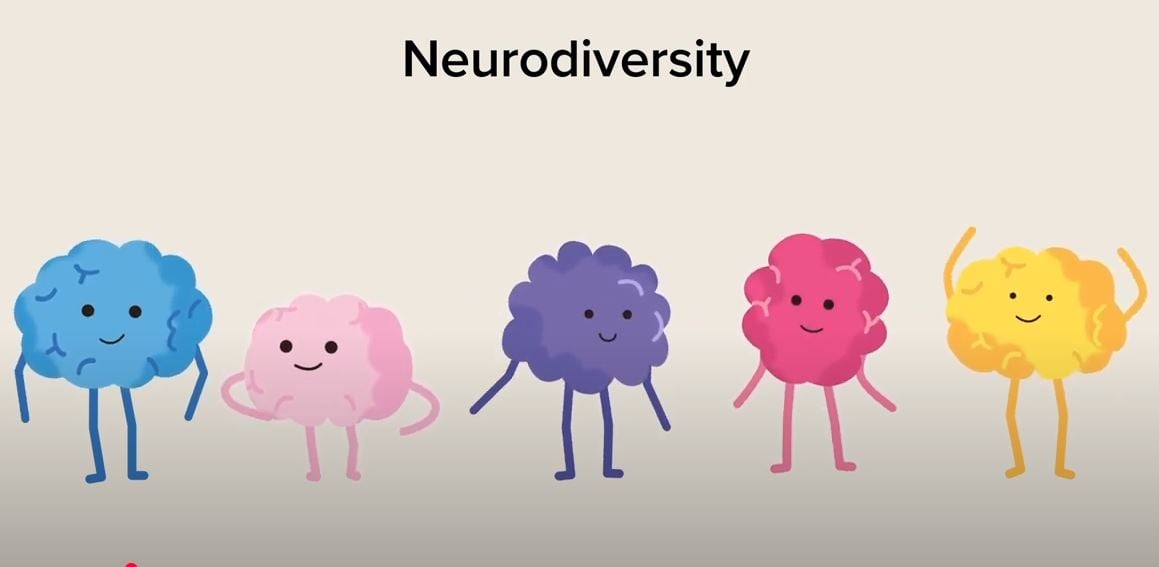
News & Events
Neurodiverse brainsNeurodiversity awareness is about raising understanding that there are many different ways that people think, learn, process and interact with the world.

News & Events
New staff - JoondalupThere’s a couple of new faces at our Joondalup clinic! Mikali is a Speech Pathologist and Katie is an Occupational Therapist. Both are taking on new clients.
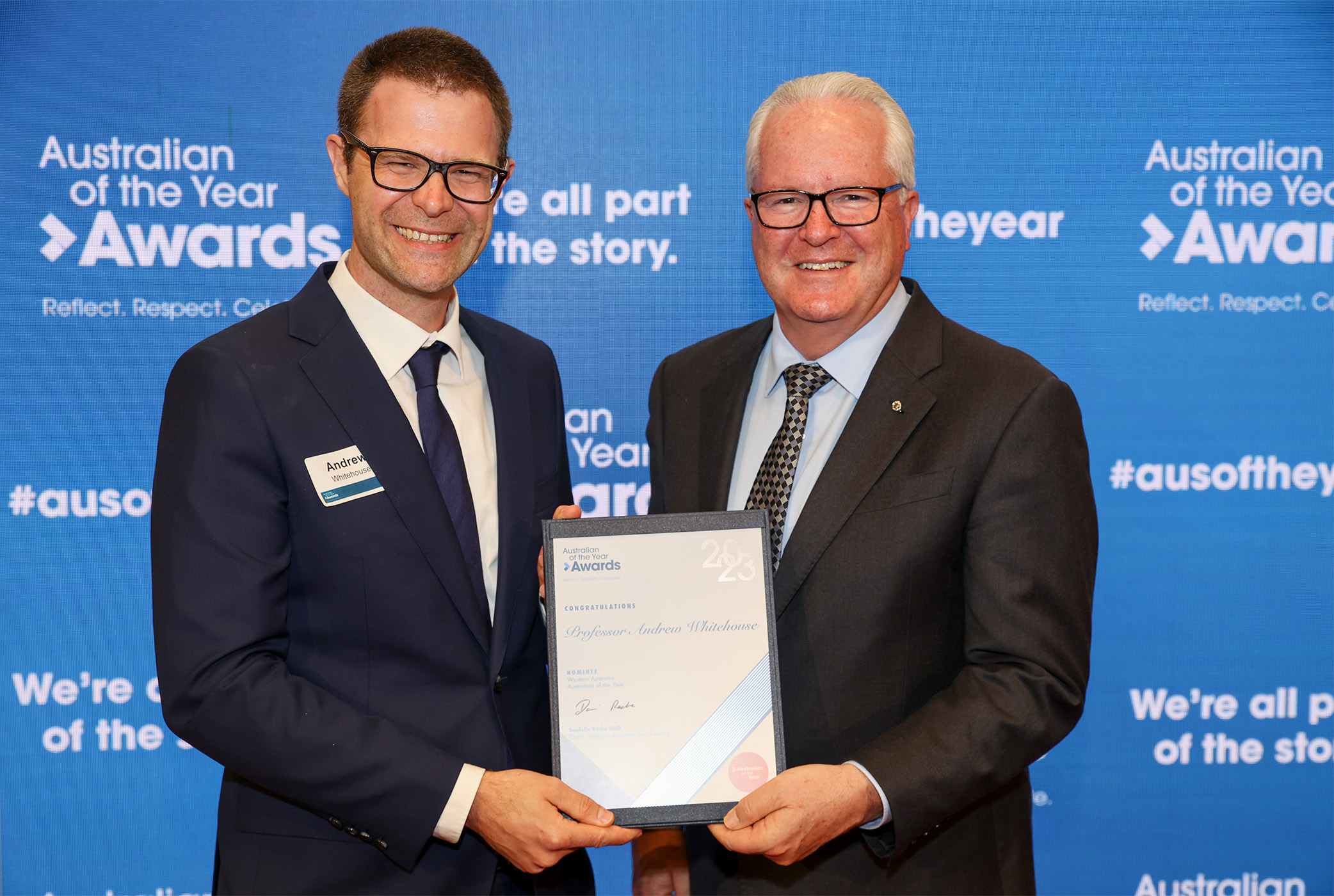
News & Events
Congratulations Andrew!Congratulations to CliniKids Director Professor Andrew Whitehouse on his recent nomination for WA's Australian of the Year Award.

News & Events
New Inklings program for babiesInklings is a new program at CliniKids which supports early social interaction and communication development in babies aged 6-18 months.
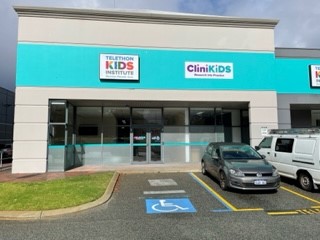
News & Events
Joondalup clinic open for Term 4We are excited to announce that our new Joondalup clinic will be open at the start of Term 4!
FAQ about CliniKids, The Kids' clinical service for children with autism and/or developmental delays, and their families.
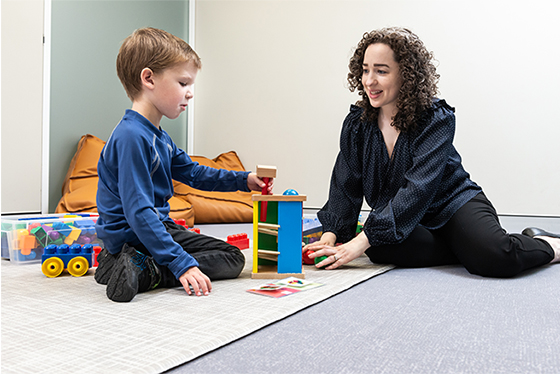
At CliniKids we value all feedback, including compliments, suggestions and complaints.
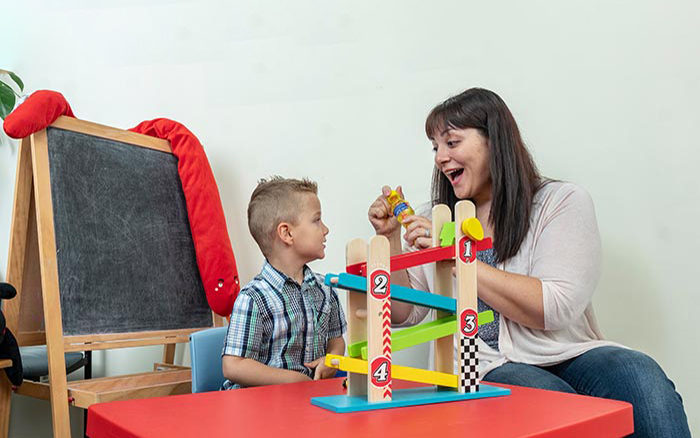
Join us in helping autistic kids live their best lives.
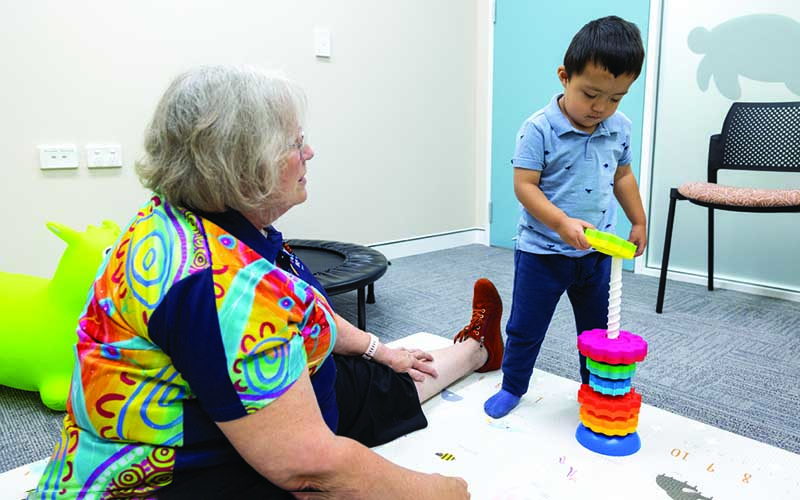
Discover how this family is benefitting from CliniKids' evidence-based therapies.
Research
Do parent-reported early indicators predict later developmental language disorder? A Raine Study investigationDevelopmental language disorder (DLD) is one of the most common neurodevelopmental conditions. Due to variable rates of language growth in children under 5 years, the early identification of children with DLD is challenging. Early indicators are often outlined by speech pathology regulatory bodies and other developmental services as evidence to empower caregivers in the early identification of DLD.
